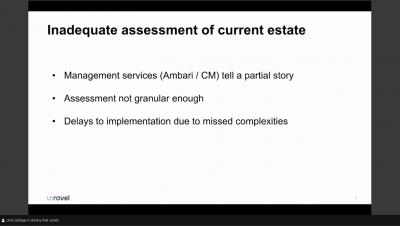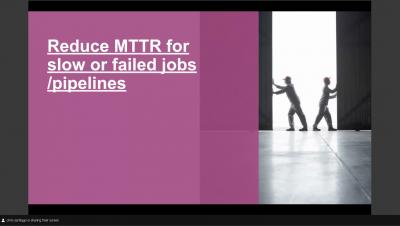Systems | Development | Analytics | API | Testing
April 2021
Cox Automotive Runs Robust Pipelines on Databricks with Unravel
Cox Automotive is a large, global business. It’s part of Cox Enterprises, a media conglomerate with a strong position in the Fortune 500, and a leader in diversity. Cox also has a strong history of technological innovation, with its core cable television business serving as a leader in the growth and democratization of media over the last several decades.
AI/ML without DataOps is just a pipe dream!
Let’s start with a real-world example from one of my past machine learning (ML) projects: We were building a customer churn model. “We urgently need an additional feature related to sentiment analysis of the customer support calls.” Creating the data pipeline to extract this dataset took about 4 months! Preparing, building, and scaling the Spark MLlib code took about 1.5-2 months!
Adobe Migrates to the Cloud with Unravel Data
Adobe is a legendary Silicon Valley company. From the desktop publishing era of the 1980s, powered by the Adobe Postscript page description language, through the creation and marketing of Photoshop, Illustrator, and other creative power tools, the digital revolution is unthinkable without Adobe.
DataOps vs DevOps
The exponential adoption of IT technologies over the past several decades has had a profound impact on organizations of all sizes. Whether it is a small, medium, or large enterprise, the need to create web applications while managing an extensive set of data effectively is high on every CIO’s priority list. As a result, there has been an ongoing effort to implement better approaches to software development, data analysis, and data management.
Intricacies in Spark 3.0 Partition Pruning
In this blog post, I’ll set up and run a couple of experiments to demonstrate the effects of different kinds of partition pruning in Spark.
DataOps, AIOps, and MLOPs
Over the past several years, there has been an explosion of different terms related to the world of IT operations. Not long ago, it was standard practice to separate business functions from IT operations. But those days are a distant memory now, and for good reason.




